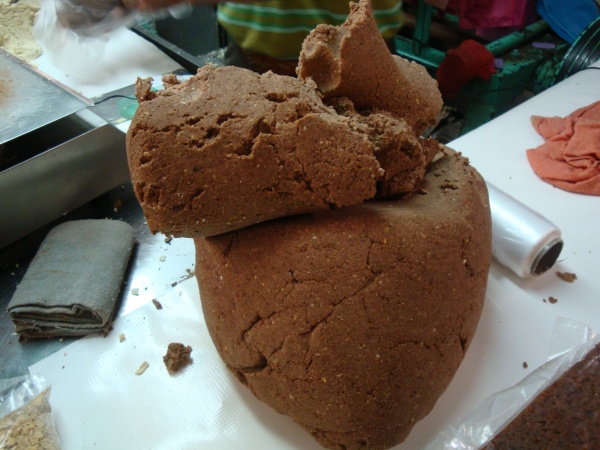Facts About Pozol
Pozol is a traditional Mexican beverage with deep roots in Pre-Columbian times, particularly cherished in the southern states of Chiapas and Tabasco. Made from fermented corn dough, pozol is not only refreshing but has historically been used to combat diseases and sustain travelers on long jungle journeys. Beyond just corn dough and water, pozol can be flavored with ingredients such as cocoa, chili pepper, honey, and sugar.
The origins of pozol can be traced back to ancient times when the Maya-Chontales in Belize made a similar drink called "pochotl." When the Spanish arrived in Tabasco, they adopted the beverage, renaming it "pozol." Traditionally, this drink was made by fermenting corn dough and was enjoyed by various ethnic groups in southern and southeastern Mexico. Pozol also holds ceremonial significance, often used in religious rituals and as a form of medicine.
To prepare pozol, one ferments corn dough, shapes it into balls or loaves, and then soaks it in water to create a porridge-like beverage. There are different types: white pozol, which can be sweetened or unsweetened, and sour pozol, which is fermented for three days. Modern variations might include adding milk or horchata for a sweeter twist.
In Tabasco, pozol has been a staple since pre-Hispanic times, prized for its ability to withstand the tropical climate. The region enjoys various types of pozol, such as white pozol, black pozol, Special Cacao pozol, and sour pozol. This drink is a cultural icon in Tabasco, reflecting the area's rich diversity and traditions.
In Chiapas, pozol is more than just a drink; for some indigenous communities, it serves a semi-ritualistic purpose. Typically enjoyed at midday to quench thirst and satisfy hunger, pozol is packed with amino acids, vitamins, and fiber. People often pair pozol with small bites like tacos or empanadas, with some even adding chili conserves to balance its spicy kick.

 United States
United States